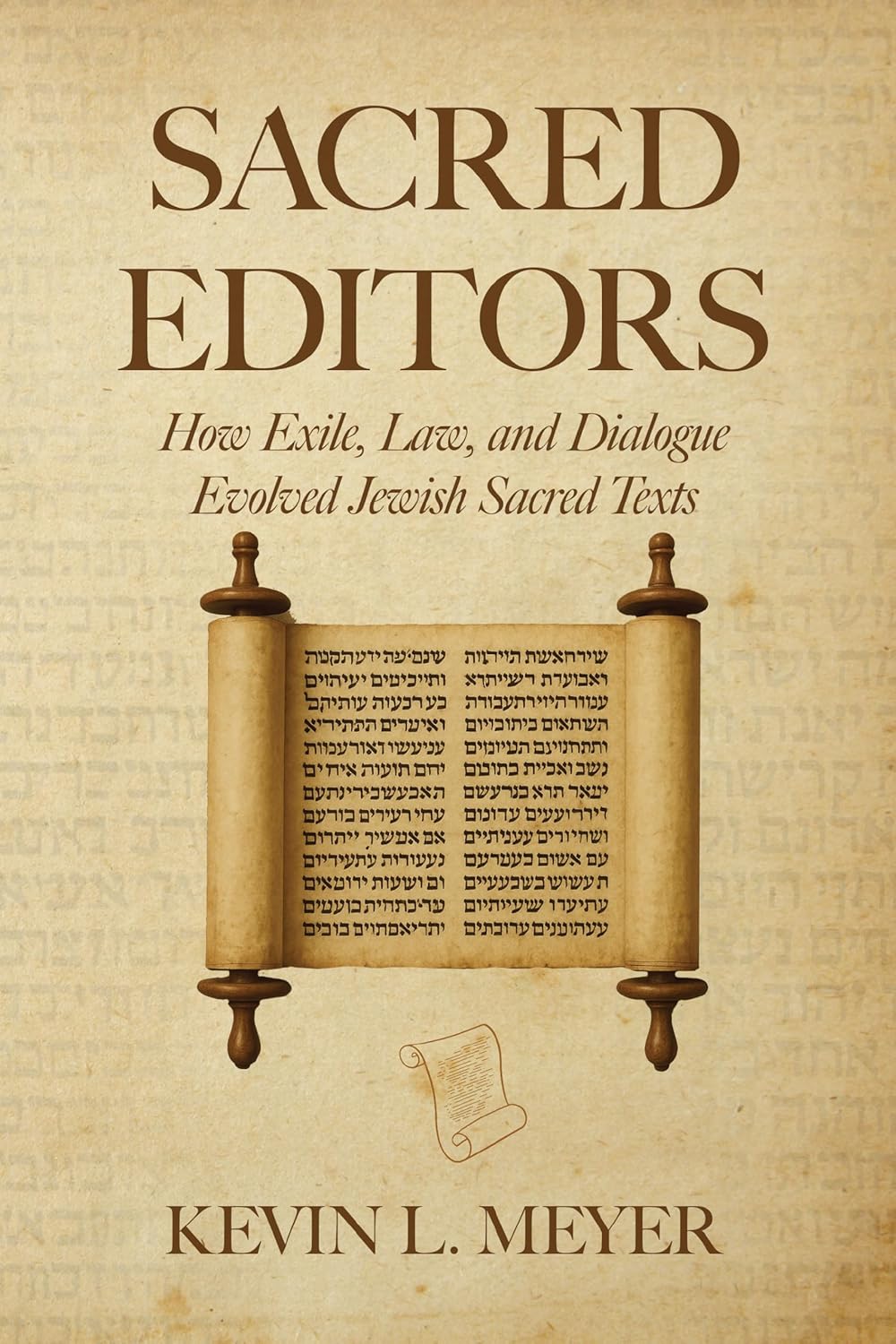Part III: The Rabbinic Revolution

After the destruction of the Second Temple, Jewish religious life required complete reconstruction around texts rather than sacrifice, study halls rather than a central sanctuary. This section explores the revolutionary transformation that created Judaism as we know it: the compilation of the Mishnah that preserved oral traditions in written form, the development of Talmudic literature that made argument itself sacred, and the meticulous work of the Masoretes who stabilized the biblical text while preserving interpretive flexibility. These chapters reveal how rabbinic Judaism created an unprecedented model of textual authority that combined reverence for ancient sources with ongoing creativity in interpretation, establishing patterns of learning and debate that would sustain Jewish communities across centuries of dispersion while maintaining connection to shared textual foundations.